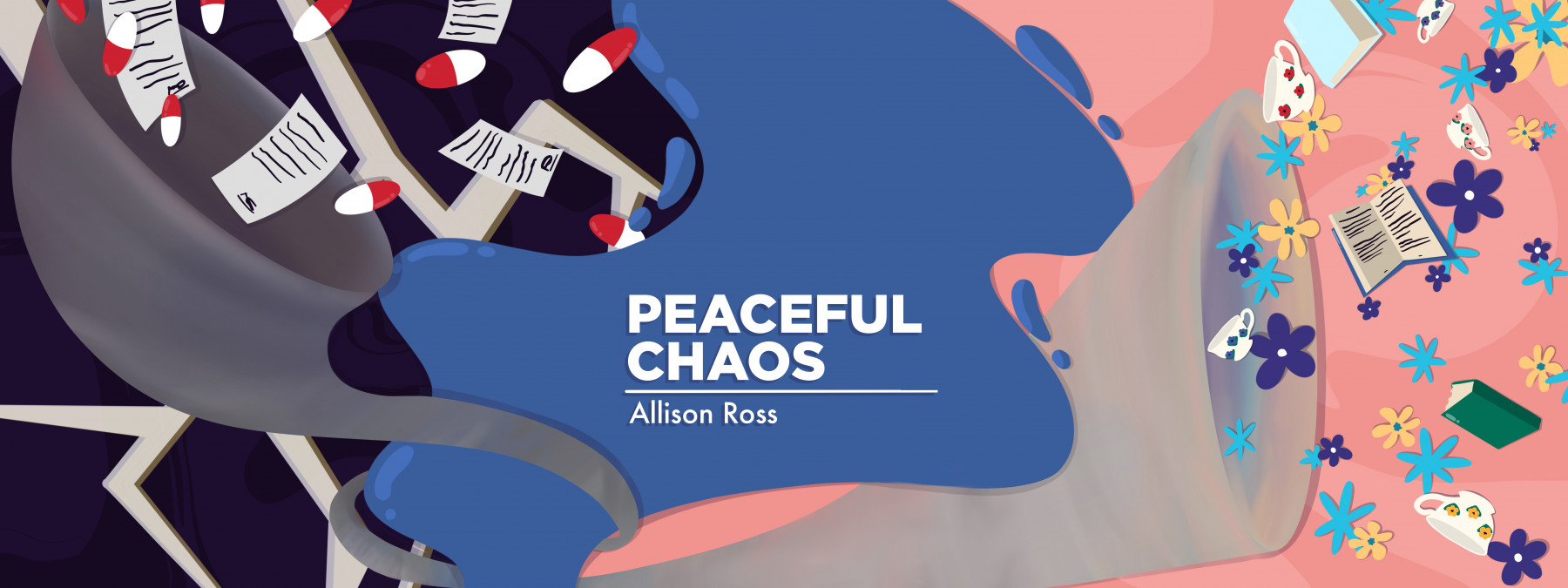It’s Beginning to Look a Lot Like Winter, and I’m Prepared
Written by |

When November comes, I start to think about hibernating. As soon as the temperature dips below a certain range, some kind of primitive signal goes off in my head. It’s a little voice that says, “Time to stay indoors and get comfortable.” After all, when it’s dreary and chilly outside, why would I want to leave the house? Grizzly bears really do have the right idea.
That inner voice and all the trappings of autumn evoke all sorts of lovely images. Pumpkins and gourds in an array of colors. A bowl of steaming homemade soup. My favorite fuzzy blanket. Or maybe just a nice long nap with my dogs curled up on my feet. Looking out the window amid the comforts of home, as the rain or snow falls and the ground begins to freeze, I’m grateful to have shelter, food, and warmth as we enter the season of darkness and cold.
Getting ready for the changing seasons with vasculitis
It didn’t used to be this way. I didn’t think much about the change of seasons before being diagnosed with vasculitis. I never felt a sense of foreboding, and the changes weren’t even particularly meaningful. Sure, in the fall the leaves would change. I had to pull my big coats out of storage. It took a few extra minutes to warm up the car before leaving for work. But otherwise, life went on as usual.
Now it’s different. Now that I’m sick, I plan carefully for the seasons. And I often am able to note my body’s connection to the environment and the weather, the different types of stresses on my skin, nerves, bones, and respiratory system. I have the easiest time of it in the summer, while it’s hard to ever feel good in the winter, as anyone with arthritis or chronic pain would know.
The fall hints at what’s coming, and so for me, the season is an opportunity to prep myself for difficulties before they strike. Following is a list of some of the preparations I make to be ready for winter:
- Unpack all my cold-weather items like thick coats, blankets, and gloves;
- Check my lab reports and note common trends of certain biomarkers, so I’ll recognize immediately if my blood or urinalysis samples look different;
- Stock up on healthy food items, such as organic soups and root vegetables, so I’m more motivated to make and eat nutritious meals;
- Make sure my medicine cabinet has cough drops, antihistamine pills, decongestants, and whatever else I’ll need for when — not if — the common cold hits;
- Build an emergency fund of income for one or two weeks in case I get sick, so I can comfortably recover without worrying about missing work;
- Gather candles, bubble bath, puzzles, books, and other self-care treats for when I need a burst of joy.
Last week, I wrote about enjoying creature comforts as a counterbalance to stress. With the thermometer now rapidly trending downward, I propose that they’re also antidotes to cold weather. The summer might wrap us in a welcoming embrace of sunshine and soft grass, but during this time of year we owe it to ourselves to provide our own cozy surroundings.
So, this winter season, lean into the things that give warmth and peace, no matter how indulgent they feel. I think when our body is comfortable, that helps our mind better manage hardships. Basic self-care seems so elementary — we should all do more of it!
***
Note: ANCA Vasculitis News is strictly a news and information website about the disease. It does not provide medical advice, diagnosis, or treatment. This content is not intended to be a substitute for professional medical advice, diagnosis, or treatment. Always seek the advice of your physician or other qualified health provider with any questions you may have regarding a medical condition. Never disregard professional medical advice or delay in seeking it because of something you have read on this website. The opinions expressed in this column are not those of ANCA Vasculitis News or its parent company, Bionews, and are intended to spark discussion about issues pertaining to ANCA vasculitis.







Leave a comment
Fill in the required fields to post. Your email address will not be published.